Diodia L.
buttonweed
Rubiaceae
Alternanthera, Commelina, Floscopa, Hygrophila, Murdannia, Oldenlandia
warm temperatetemperate:
(adj) of the climatic zone between boreal and tropical
and tropical Americas and Africa
two species traded among hobbyists, but rarely available commercially:
Diodia kuntzei K. Schum.
D. virginiana L.
Diodia teres Walter is introduced into New South Wales (Australia), China and Denmark.
can be weedy
small creeping, spreading, decumbentdecumbent:
(adj) (of stems) having a portion lying along the ground, with upper parts erect or ascending
 to erect herb; often seasonally submergedsubmerged:
to erect herb; often seasonally submergedsubmerged:
(adj) (syn. submersed) under water; submerged below the water surface
, sometimes floating
Annual or perennialperennial:
(adj) (of a plant) having a life cycle of more than two years
. Stem square, branched, glabrousglabrous:
(adj) without hairs or scales
to pubescentpubescent:
(adj) (1) covered with short, soft hairs; (2) bearing hairs
. Leaves oppositeopposite:
(adj) (of leaves) two leaves per node; in pairs on opposite sides of an axis
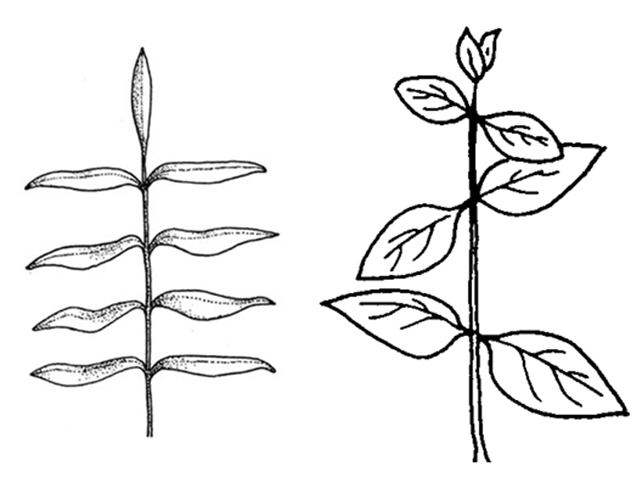 or rarely in whorlwhorl:
or rarely in whorlwhorl:
(n) three or more similar organs arranged in a circle at the same point around an axis
-like clusters; sessilesessile:
(adj) attached directly, without a stalk
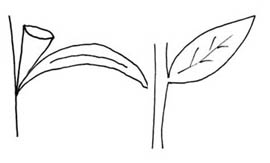 to shortly petiolatepetiolate:
to shortly petiolatepetiolate:
(adj) relating to or in the form of a petiole; bearing petioles
; stipules interpetiolar, fused to leaves, sheathing, fimbriatefimbriate:
(adj) fringed with long hairs or processes
; leaf bladeblade:
(n) (syn. lamina) the flat, expanded part of a leaf, frond, or petal (excluding, e.g., the petiole)
 ellipticelliptical:
ellipticelliptical:
(adj) in the form of an ellipse (oval)
 to oblongoblong:
to oblongoblong:
(adj) two to four times longer than wide, with +/- parallel sides
 ; apexapex:
; apexapex:
(n) the point farthest from the point of attachment; the tip (often pointed)
acuteacute:
(adj) tapering to a sharp, pointed apex with more or less straight sides; broader than acuminate; forming an angle of less than 90 degrees ; base attenuateattenuate:
; base attenuateattenuate:
(adj) narrowing gradually to a point
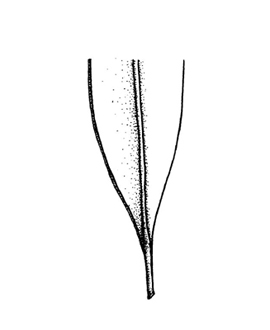 to straight; marginmargin:
to straight; marginmargin:
(n) edge; rim
entire, often with antrorseantrorse:
(adj.) bent or directed upward or forward
strigillosestrigillose:
(adj) minutely strigose
hairs; venationvenation:
(n) the arrangement of veins in a leaf
pinnate or midribmidrib:
(n) the main or central vein, line or rib in a leaf or perianth segment
 only. Inflorescenceinflorescence:
only. Inflorescenceinflorescence:
(n) the arrangement of flowers on the floral axis
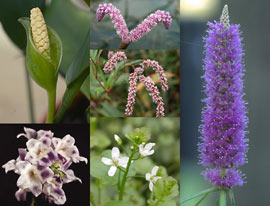 axillary, typically of 1 or 2 flowers. Flowers actinomorphicactinomorphic:
axillary, typically of 1 or 2 flowers. Flowers actinomorphicactinomorphic:
(adj) of flowers, having radial symmetry; capable of being bisected into identifical halves along more than one axis
; sessilesessile:
(adj) attached directly, without a stalk
 ; corollacorolla:
; corollacorolla:
(n) the inner whorl(s) of the perianth; all the petals of a flower
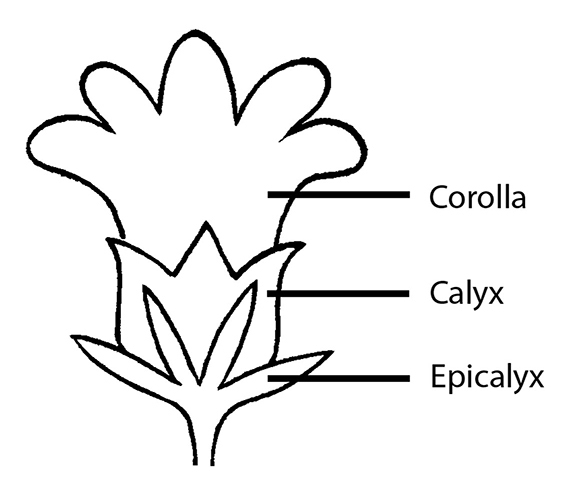 tube 4-lobed, lobe apexapex:
tube 4-lobed, lobe apexapex:
(n) the point farthest from the point of attachment; the tip (often pointed)
acute, glabrousglabrous:
(adj) without hairs or scales
externally, pubescentpubescent:
(adj) (1) covered with short, soft hairs; (2) bearing hairs
internally, typically white, lilac or purple; stamens 4, exsertedexserted:
(adj) projecting beyond, sticking out or protruding
; ovaryovary:
(n) a hollow organ at the base of the carpel of a flower in which ovules are produced
2-locular, stylestyle:
(n) in a flower, the narrow and elongated part of the pistil between the stigma and the ovary
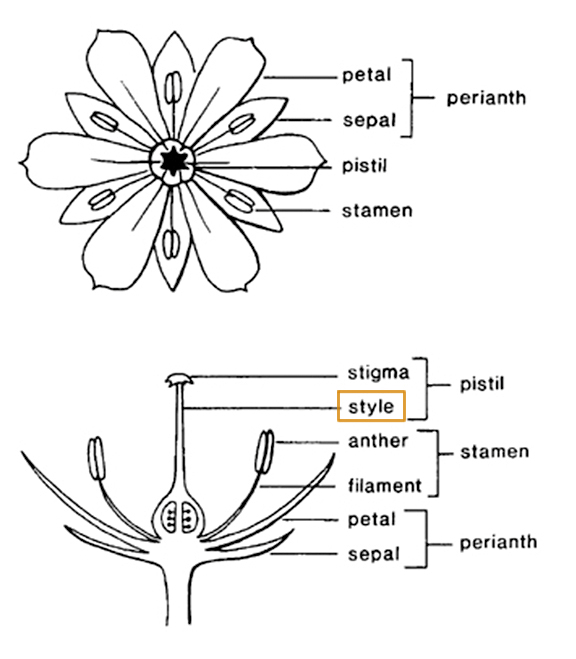 filiform, stigmastigma:
filiform, stigmastigma:
(n) the portion of the pistil that is receptive to pollen
bilobed or capitatecapitate:
(adj) terminated by an enlarged and rounded head
.
edges of streams, lakes or rivers, in/among marshes and swamps, mostly helophytic
Diodia contains about 20 species, some of which are aquatic.